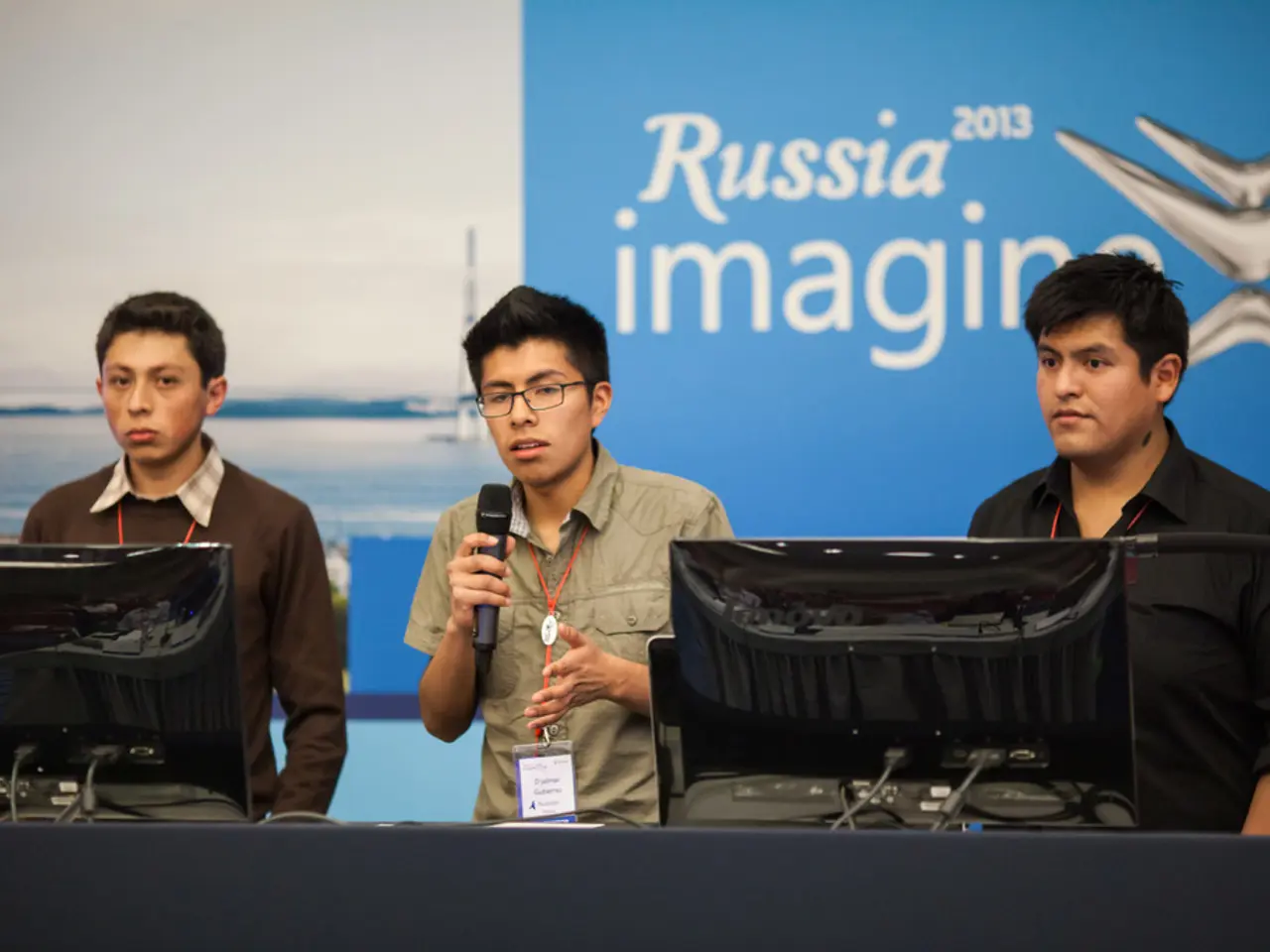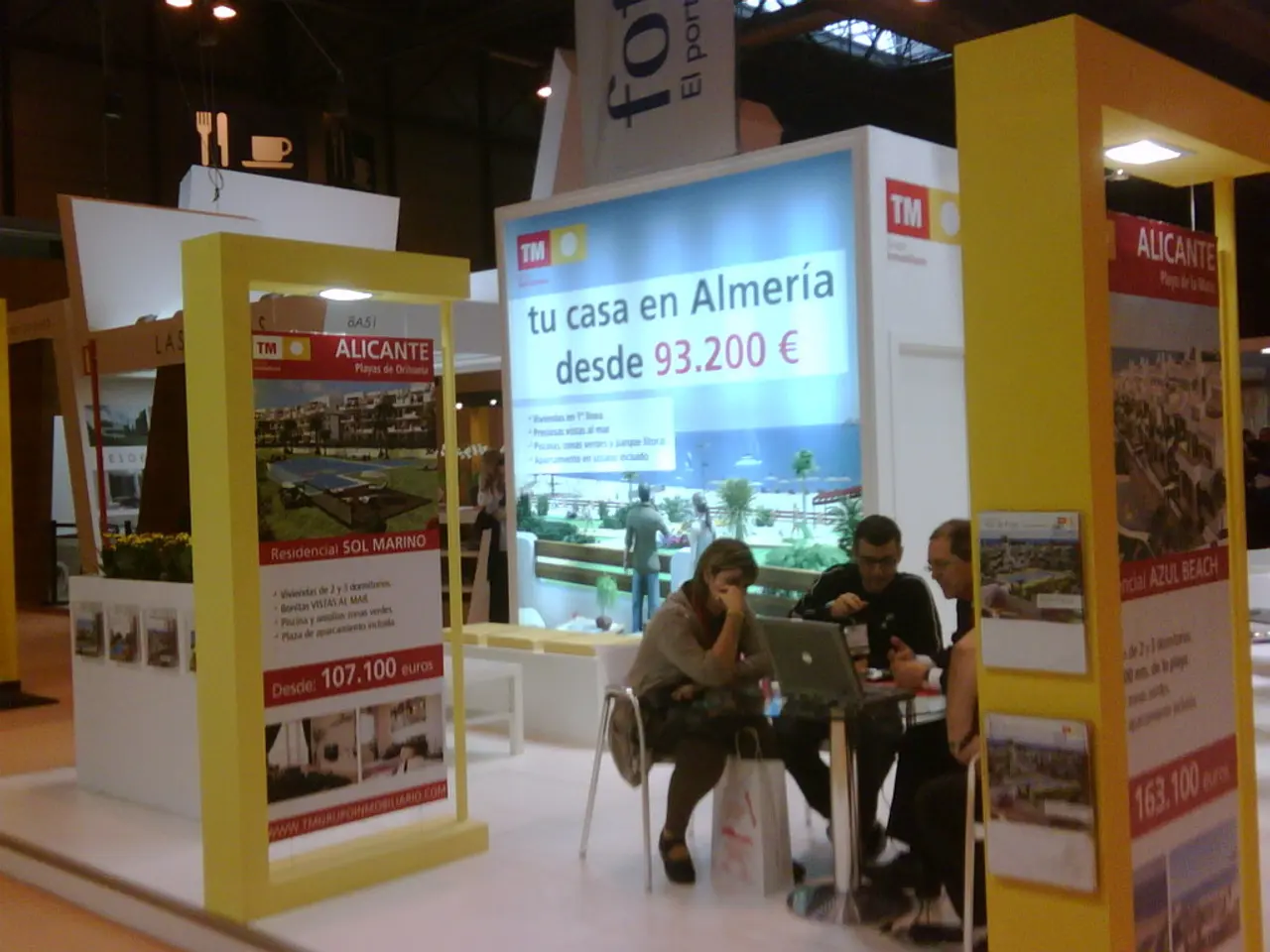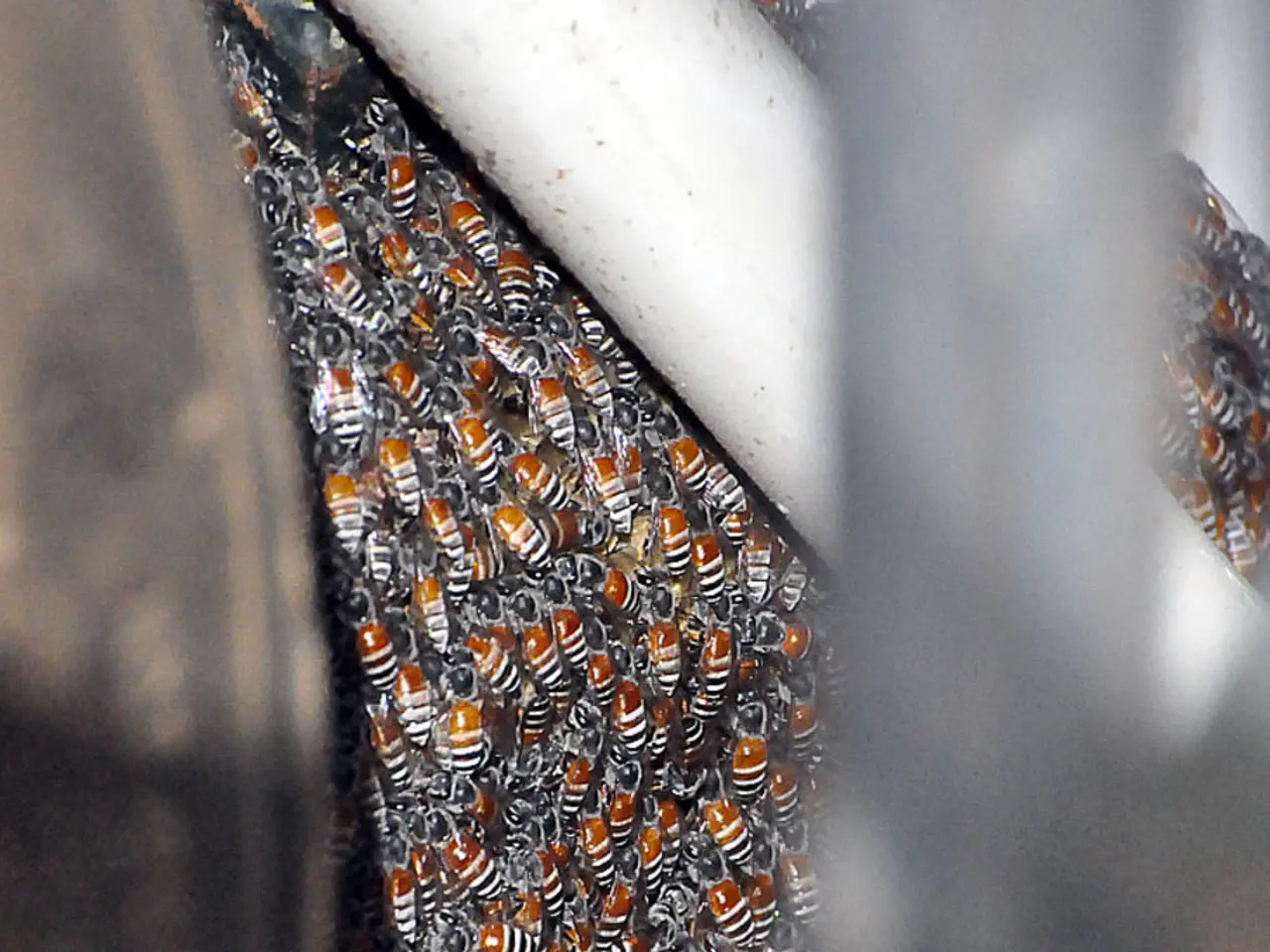Financial hub's artistic proliferation
In the realm of Russia's thriving economy, the creative industries sector is making a significant impact, demonstrating rapid growth and a strong focus on digital and applied specializations. This dynamic expansion is evident in various fields such as architecture, design, film, music, publishing, and software development, collectively known as the "economy of impressions."
Key points about growth patterns and trends:
1. Government and Institutional Support: High-level state involvement is evident, with strategic discussions led by President Putin and Prime Minister Mishustin focusing on fostering the creative economy as a national priority. This includes support for fast-growing creative sectors linked with science, culture, and new technologies.
2. Emergence Beyond Major Cities: Research initiatives and forums like the “Spheres” forum in Perm Krai, a city with a population below 1 million, demonstrate an active push to map and develop creative industries in smaller Russian cities. Studies conducted by HSE University in Perm reveal tailored strategies for local industry growth, signalling that creative industry development is spreading beyond Moscow and St. Petersburg into other urban centres.
3. Digital and Applied Creative Specializations: The growth of software, digital media, advertising, and tech-driven creative practices is particularly notable. The advertising market grew by 24% in 2024 and is predicted to expand further, reflecting the increasing monetization of digital creativity and media.
4. Educational and International Collaboration: Institutions like HSE University are actively fostering talent and international cooperation, for example by partnering with the Republic of Uzbekistan to develop joint educational programs and projects that blend cultural heritage with innovative digital creative initiatives.
5. Flexibility and Innovation in Practice: The creative sector is adapting quickly to new technologies and changing economic conditions, with an emphasis on innovation and responsiveness to new audience demands. Events such as CIBA and Russian Creative Week emphasize trend-watching and the need for creative professionals to evolve continually.
Cities with populations under 1 million have a more applied profile, with fashion, architecture, and jewelry standing out compared to the national average. Examples of digitalization in the creative sector include the shift from outdoor advertising to contextual advertising, and the replacement of print media with online publications.
In other populated areas, the cultural-service profile prevails, with a higher-than-average number of jobs in museums, libraries, archives, performing arts, and fine arts per worker across all sectors. The growth of cultural industries is often limited by objective factors such as tourist flow size or city population.
Moscow and St. Petersburg account for nearly half (42%) of all creative industry jobs in Russia. However, the growth of creative industries is not limited to these cities. In fact, only in Moscow did the growth rate of employment in creative industries exceed the national average by more than twice, reaching 24.4% compared to 2020.
In the third quarter of 2023, the number of vacancies in the creative industries increased by 2.7 times compared to the same period in 2022. This growth is expected to continue, with the creative sector growing faster than the Russian economy as a whole.
In conclusion, the creative industries in Russian cities under 1 million inhabitants are experiencing dynamic growth, particularly in digital and applied specializations, supported by policy, education, and regional development initiatives. This growth reflects a broader national strategy to integrate creative industries into the economy while fostering innovation and international cooperation.
The growth in the digital and applied creative specializations, such as software development and advertising, is boosted by strategic discussions led by President Putin and Prime Minister Mishustin, with a focus on supporting fast-growing creative sectors linked with technology.
Research initiatives and forums in cities with populations under 1 million, like the "Spheres" forum in Perm Krai, are actively mapping and developing digital and applied creative industries beyond Moscow and St. Petersburg.




